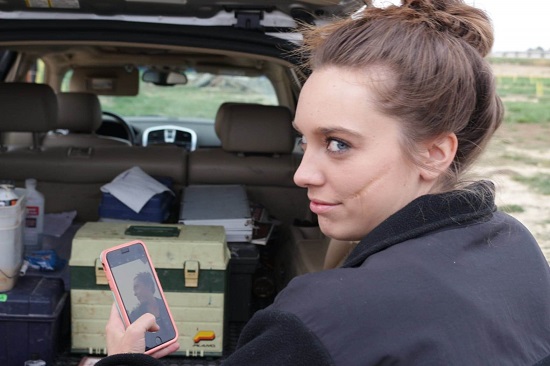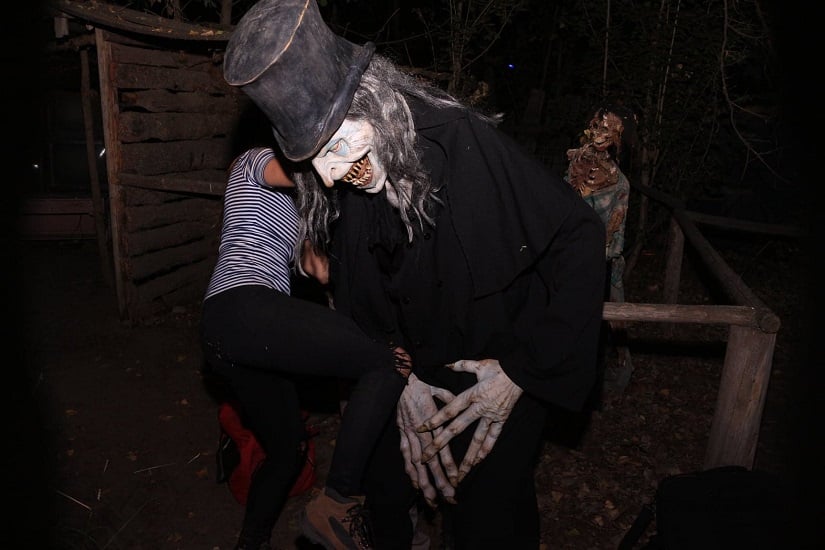
Horror movies are a universe unto themselves when it comes to making movies. There’s a segment of the general audience that just loves to be scared by a movie! Additionally, horror movies are a tried and true path to launching a director’s career with the production value bar being lower than most movies (think Blair Witch Project.) Done right, they can become a franchise (think Friday the 13th, A Nightmare on Elm Street, or Scream).
Remember, a Successul Horror Movie Feeds on our Fears
All those demons, zombies, maniacal killers and fears and phobias that are housed in our imagination are locked securely in the successful horror movie director’s and screenwriter’s toolboxes.
The more universal the fear, the better. Common fears and phobias include:
- Fear of death. This is the most basic, common fear. Can you think of a horror movie where someone isn’t killed?
- Fear of the dark. What is hiding in the dark that we can’t see?
- Nasty, creepy crawlers. Spiders, snake and rats make up many people’s phobias.
- Places that are scary in and of themselves. Graveyards, old spooky houses, dungeons, deep, dark overgrown forests, attics and basements are all places where evil can lurk.
- Disfigured antagonists. From the classic Frankenstein’s monster or a pack of zombies we naturally fear disfigurement. Jason
- Scary film. The right soundtrack can intensify the visuals.
- Fear of the unusual. This occurs when something that is normally not scary is made to be scary. Dolls, possessed children, clowns have all been used to great effect.

A staple of horror movies is to have a villain that is memorable and scary and a hero that is an average person like a college student (A Nightmare on Elm Street and Scream) or a baby sitter (Hallowe’en.) Often, the hero has a sidekick who turns from the hero’s best friend into someone who ultimately betrays the hero. When a sidekick is involved, there’s usually a moment when they die. Other common horror movie elements include some form of nightmare—something in the future that the hero is afraid of.
Locations play a big part in horror movies. From a practical point of view (to keep production costs down) many horror movies take part in one location.
Another common element of horror movies is they create a relentless and constantly building suspense that leads to a big but unexpected reveal.
The Standard Horror Movie Formula and Screenplay Structure
Act One
- Opening: This should be a scary scene. Usually this revolves around the villain’s first victim and reveals the villain’s style.
- Introductions: This is where you establish your main characters (the hero and sidekick for instance) and how they came to be in the horrible, scary location.
- The first instance: This is where something wrong happens. The audience sees it but most of the characters in the movie are oblivious.
Act Two

- The realization: This is the moment when something really bad happens and the characters realize they are in a terrible situation. The hero decides to escape or fight back.
- The setback: The villain has gained the upper hand. Characters are dying off like flies. This often plays out where the hero believes they’ve won, only for the villain to triumph and reveal they are stronger than ever.
Act Three
- The climax: This is where the hero makes an all-out effort to escape from, or defeat the villain. It needs to be the scariest part of the movie so far.
- The resolution: The hero finally escapes or defeats the villain—or does he? Leaving some wiggle room or uncertainty here is a great help if you plan on making a sequel.
Here’s an exercise for you to try. Your goal is to create a story outline for the following scenario. Our hero (who like many of us is afraid of the dark and suffers from claustrophobia) is trapped in an elevator during a power outage. This could lead to a lot of interesting questions and scenarios to explore and exploit. Who is in the elevator with our hero? Who or what is the villain? Do they get rescued? How is the villain defeated? What do they see when they get rescued? Let us know what you come up with. And don’t forget, there are many horror film festivals every year. If you get as far as a finished horror movie, make sure you submit to them.
Arronn Lepperman Gets Mentored Shoots Feature Horror Film in 16 Days!
Rewriting the script: Film Connection student Adam Howell, Breaking stereotypes in Horror
Unvarnished Advice from Script mentor Ron Osborn



